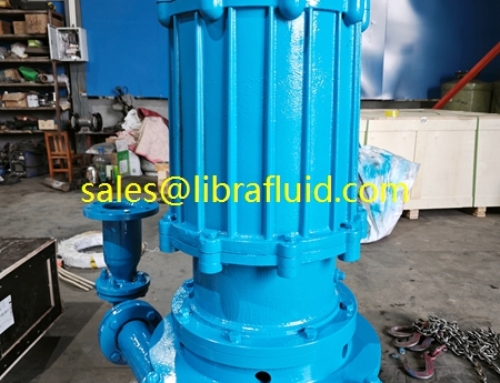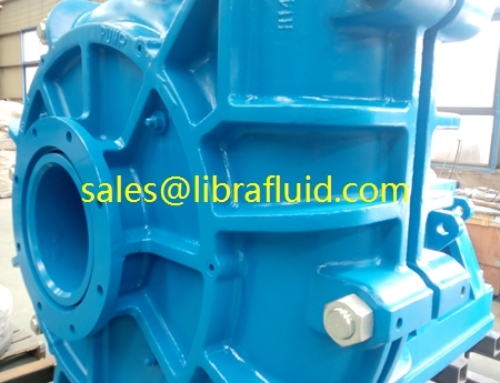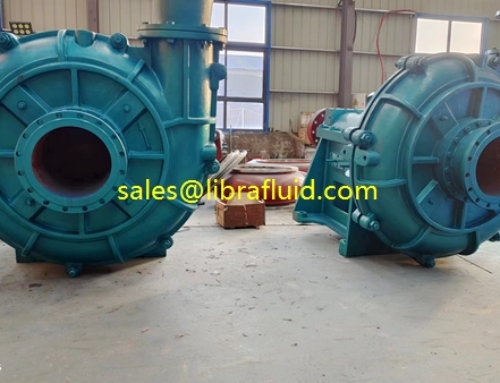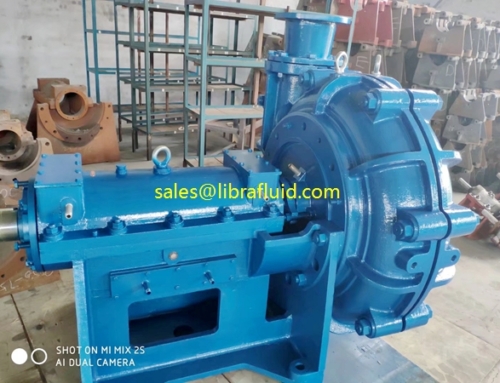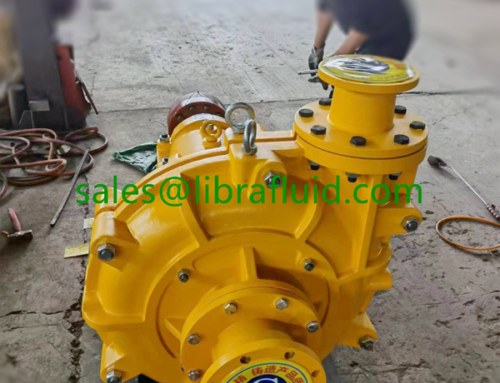Selection of Pump Materials in the Sulfuric Acid Industry
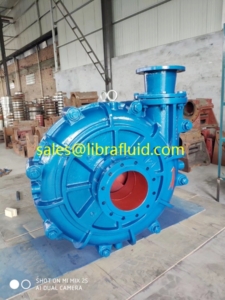
Heavy-Duty Pump Solutions for Efficient Cement Production
Sulfuric acid is one of the most highly corrosive media.
Sulfuric acid is categorized into dilute sulfuric acid and concentrated sulfuric acid.
Dilute sulfuric acid has all the typical properties of acid, while concentrated sulfuric acid also exhibits strong oxidizing properties.
Therefore, different materials have varying levels of corrosion resistance depending on the concentration of sulfuric acid, and even slight changes in concentration can sometimes lead to significant differences in corrosive behavior.
When selecting corrosion-resistant materials in the sulfuric acid industry, it is essential first to consider the specific characteristics of the medium, adhering to corrosion data, and then economic factors.
- Ordinary cast iron is suitable for concentrated sulfuric acid with a concentration of 80–100%. It is not suitable for fuming sulfuric acid or environments containing SO₃.
- Ordinary cast iron is also applicable to mixed acids of concentrated nitric acid and concentrated sulfuric acid, with a water content not exceeding 32%, sulfuric acid content not less than 12%, and temperatures above 110°C.
- High-silicon cast iron is suitable for sulfuric acid of all concentrations and temperatures. However, the medium must avoid sudden stress changes and temperature fluctuations. It cannot be used if the sulfuric acid concentration exceeds 100% or in environments containing SO₃.
- High-chromium cast iron is suitable for sulfurous acid at temperatures below 79°C, sulfite waste liquid in the paper industry, aluminum sulfate with a concentration below 5%, and neutral or some hydrolyzed acidic salt solutions. It is also applicable in ammonium sulfate.
- High-nickel cast iron is suitable for sulfuric acid of any concentration at room temperature or slightly elevated temperatures.
- Carbon steel is applicable to sulfuric acid with a concentration of 70–100% and temperatures below 50°C. However, it is generally not used for pump flow parts.
- Austenitic stainless steel is resistant to dilute sulfuric acid corrosion and also shows corrosion resistance in very concentrated sulfuric acid (fuming sulfuric acid). Typical steel grades for corrosion resistance in dilute sulfuric acid include:
0Cr18Ni12Mo2Ti (Mo2Ti)
0Cr17Ni12Mo2 (316)
00Cr17Ni14Mo2 (316L)
0Cr20Ni25Mo5Cu2 (904)
0Cr12Ni25Mo3Cu3Si2Nb (941) (resistant to all concentrations of sulfuric acid at room temperature, especially sulfuric acid at about 50% below 100°C)
00Cr10Ni20Mo1.5Si6Cu (SS920) (high temperature concentrated sulfuric acid, temperature less than 130°C, concentration between 93% and 98%)
0Cr23Ni28Mo3Cu3Ti (resistant to concentrated sulfuric acid and dilute sulfuric acid)
CD4-MCu (duplex steel) (dilute sulfuric acid)
0Cr24Ni20Mo2Cu3 (duplex steel) (K alloy) (sulfuric acid of all concentrations less than 60°C)
00Cr22Ni5Mo3N (duplex steel) (resistant to all concentrations of sulfuric acid at room temperature)
- High-alloy stainless steel, such as Alloy 20, resists corrosion from sulfuric acid and fuming sulfuric acid at all concentrations at room temperature.
- Hastelloy can resist sulfuric acid corrosion at all concentrations and temperatures up to 70°C. The lower the acid concentration, the higher the applicable temperature.
- Monel alloy is suitable for the following temperature-concentration conditions: 50°C for 80%, 80–90°C for 60%, and boiling point conditions for 15% concentration.
- Ceramics are suitable for sulfuric acid media of all concentrations and mixed acids at temperatures below 200°C.
- Phenolic plastics are applicable to sulfuric acid media with concentrations of 50–70% and temperatures below 110–130°C.
- PVC plastic is suitable for sulfuric acid media with concentrations below 75% and temperatures around 65°C.
- Butyl rubber is applicable for sulfuric acid with concentrations of 70–75% at temperatures up to 70°C.
- Fluorine rubber can be used with sulfuric acid of all concentrations and temperatures.
- Special alloys, such as iron-nickel-based and nickel-based alloys, exhibit excellent corrosion resistance.

